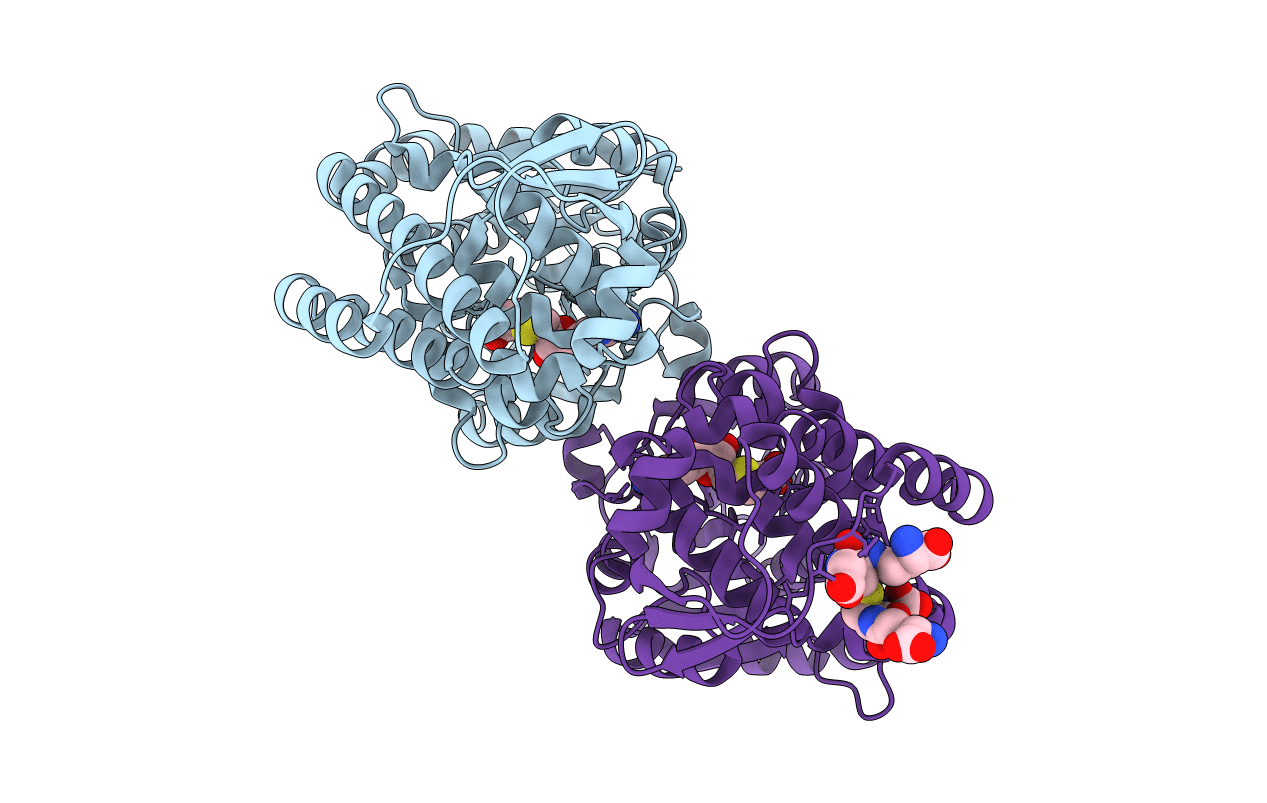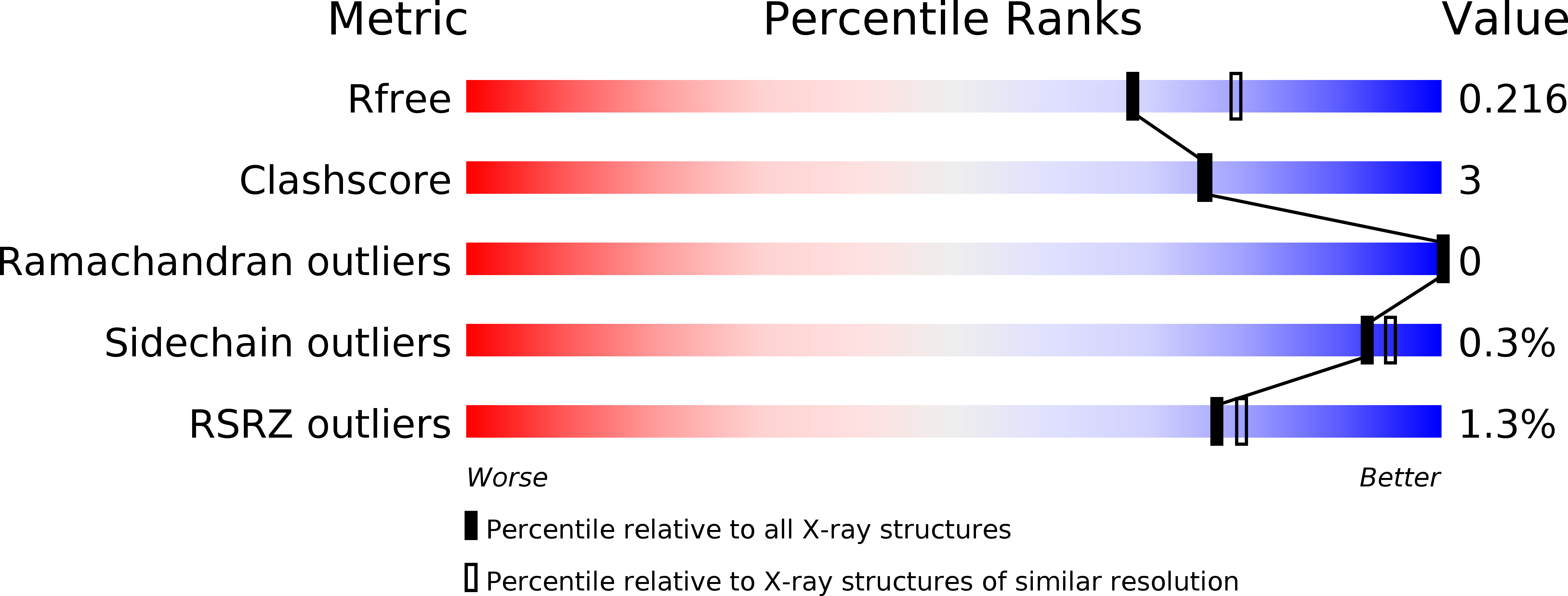
Deposition Date
2016-09-30
Release Date
2016-10-19
Last Version Date
2024-11-06
Entry Detail
PDB ID:
5THY
Keywords:
Title:
Crystal structure of SeMet-Substituted CurJ carbon methyltransferase
Biological Source:
Source Organism:
Moorea producens 3L (Taxon ID: 489825)
Host Organism:
Method Details:
Experimental Method:
Resolution:
2.09 Å
R-Value Free:
0.21
R-Value Work:
0.16
R-Value Observed:
0.17
Space Group:
P 1 21 1


